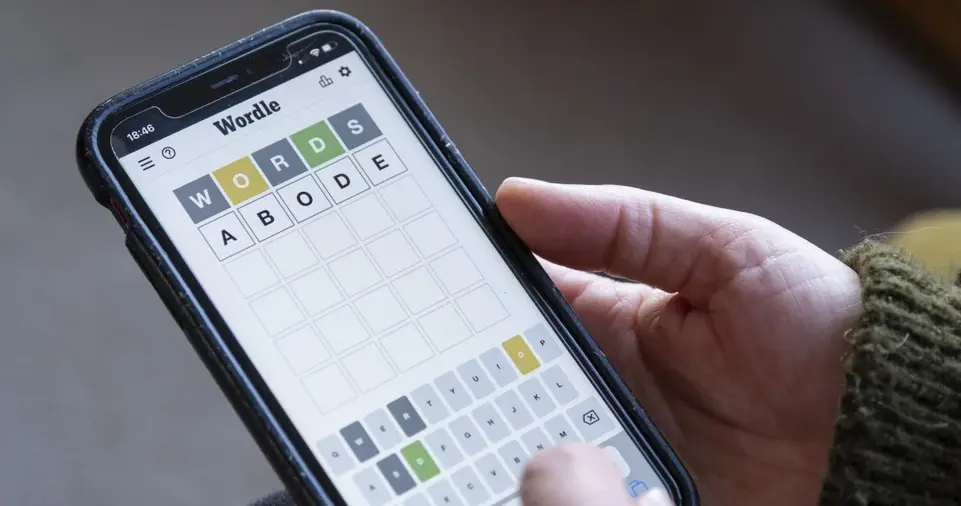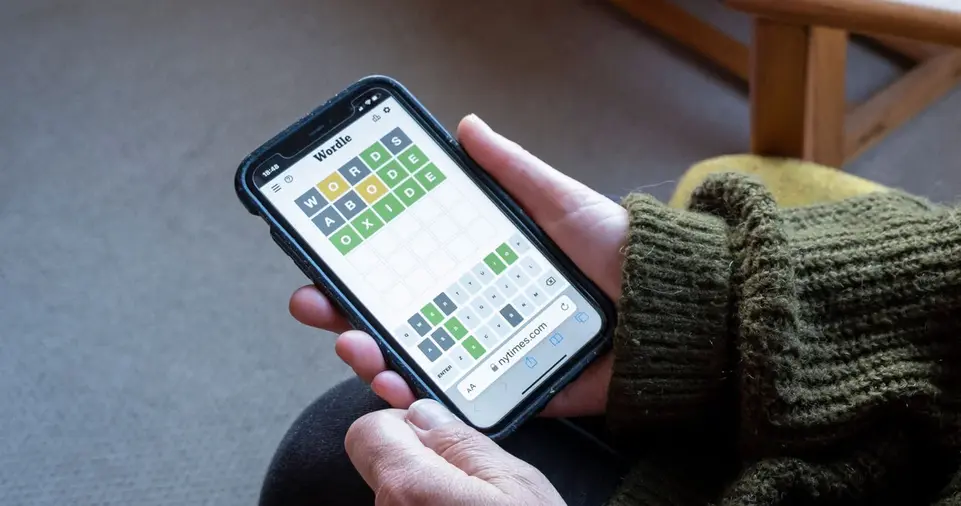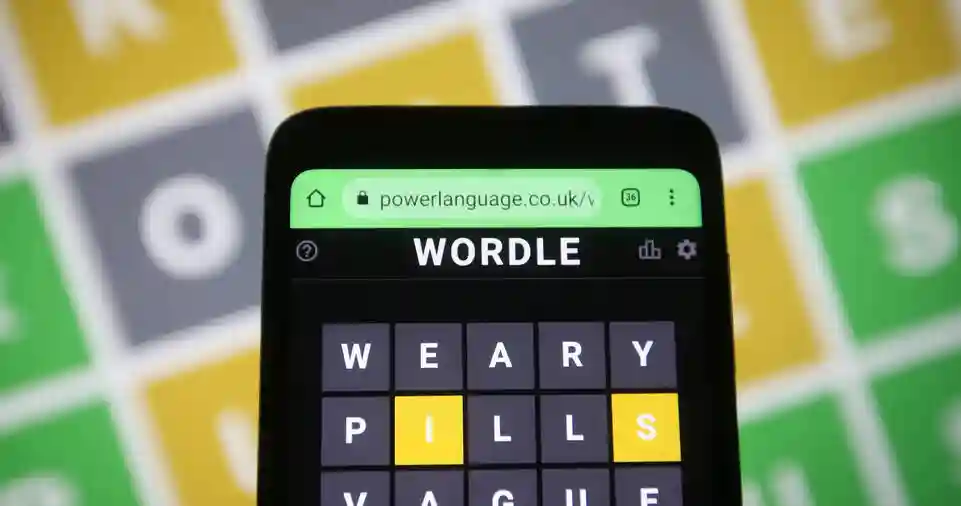Wordle has taken the internet by storm, challenging players to guess a hidden five-letter word in just six attempts.
It’s not only a game of vocabulary but also strategy and deduction. While the rules are simple, mastering Wordle can take some finesse.
If you’re aiming to consistently solve the puzzle in fewer attempts, you’ve come to the right place.
In this extensive guide, we’ll explore 10 expert tips that will help you crack Wordle with efficiency and precision.
Whether you’re a beginner or an experienced player, these strategies will elevate your gameplay and enhance your problem-solving skills.
By the end of this article, you’ll be equipped with an arsenal of techniques to make your Wordle sessions smoother, faster, and more enjoyable.
Let’s dive into the details!
Start With a Strong Word
Choosing the right starting word is one of the most critical steps in Wordle.
A strong starting word has five distinct letters, covering as many common vowels and consonants as possible.
Words like “crate,” “slate,” and “cream” are excellent choices because they include frequently used letters such as C, R, S, and T, along with at least one vowel.
A good opening word increases your chances of hitting a few correct letters right off the bat.
Avoid starting with obscure or overly specific words, as they may not provide enough feedback to guide your next guesses.
Experiment with different starting words to find one that works best for you, and remember—a strong start sets the tone for the entire puzzle.
Why It Matters:
A good starting word eliminates many potential incorrect guesses, streamlining your problem-solving process.
With fewer letters to test, you’ll solve the Wordle faster and more consistently.
Starting with strategic words also sets a solid foundation for interpreting feedback and refining your guesses.
Tips for Experimentation:
If you’re looking for variety, try rotating through a few tried-and-tested opening words.
This practice can reveal patterns in certain puzzles and give you an edge by diversifying your approach.
Also, keep an eye on words that seem to work well for daily Wordles—these trends might hint at commonly used solutions.
Prioritize Vowels Early

Vowels form the backbone of many English words, making them essential to identify early in the game.
Words like “audio,” “arise,” or “ouse” help uncover common vowels (A, E, I, O, and U) and their positions.
Identifying vowels early clarifies the structure of the hidden word, narrowing your options significantly.
Once you’ve identified one or more vowels, you can narrow your guesses to words that include them in specific positions.
For example, if you know the word contains an “A” and “E,” you can focus on patterns like “-ate” or “-ear.”
This approach eliminates a significant portion of possible combinations, bringing you closer to the solution.
Pro Tip:
Words with multiple vowels are particularly useful in the first two guesses.
They reveal not only which vowels are in the word but also where they might or might not be placed, giving you a clear direction for subsequent attempts.
Additionally, even if your first vowel guess yields no matches, it helps eliminate possibilities and sharpens your strategy.
The Role of Y:
Don’t forget about the sometimes-vowel “Y.” Words like “style” or “crypt” can help when traditional vowels seem absent.
Testing “Y” can be a game-changer in uncovering tricky solutions.
Avoid Repeating Letters Initially
Repetition of letters in your early guesses can limit your progress.
For instance, using a word like “boots” in the first attempt is less strategic because it includes two “O”s.
Instead, choose words that maximize the number of unique letters to gather more information about the correct ones.
However, once you’ve narrowed down potential matches, repeating letters can be essential.
If you suspect a double letter (e.g., “ball” or “press”), confirm it only after testing other possibilities.
Save these guesses for later in the game when your information is more focused.
Key Insight:
Unique letters in the early rounds provide broader feedback, making it easier to eliminate incorrect options and hone in on the solution.
Early diversity in guesses paves the way for more targeted attempts later.
When to Revisit Repeated Letters:
Repetition can be particularly useful if you’re down to the last few guesses and suspect the solution involves double letters.
Patterns like “still,” “array,” or “fluff” are worth testing in these scenarios.
Use Common Consonants
After tackling vowels, focus on common consonants like R, S, T, L, and N.
These letters are among the most frequently used in English and are likely to appear in the Wordle solution.
Incorporating them early in your guesses can reveal key parts of the word’s structure.
For example, if you’ve already identified the vowels but are missing the consonants, consider a guess like “start” or “stone” to test these high-frequency letters.
This approach increases your chances of finding at least one correct consonant.
Strategic Advantage:
Common consonants often form familiar letter patterns, such as “str,” “pl,” or “ch.” Identifying these patterns early can significantly narrow your options.
Recognizing combinations like “tr” or “sh” often leads to breakthrough guesses.
Expand Your Scope:
Once you’ve confirmed some consonants, think about possible word endings or beginnings.
For instance, “thr-” and “-br-” are frequent starters, while “-nd” and “-ck” are common endings. These patterns can direct your guesses effectively.
Leverage Process of Elimination

Wordle is as much about eliminating incorrect letters as it is about finding the correct ones.
Each guess, even a “wrong” one, provides valuable data. Use this feedback to rule out letters systematically.
For instance, if none of the letters in your first guess are correct, you’ve effectively ruled out five possibilities.
This information should guide your next guess toward testing a completely different set of letters.
The process of elimination becomes even more powerful when combined with strategic guessing.
Practical Application:
Maintain a mental or physical list of eliminated letters.
This practice prevents you from repeating them unnecessarily and keeps your guesses focused on viable options.
Digital tools, like note-taking apps, can also help track your progress and refine your approach over time.
Smart Guessing:
As the puzzle narrows, think critically about the remaining options. Use previous feedback to hypothesize potential solutions before making your next move.
Observe Letter Positions
Pay close attention to the placement of correct letters.
Green tiles confirm a letter is in the right position, while yellow tiles indicate it’s part of the word but in the wrong spot. Use this feedback to refine your guesses.
For example, if you guess “sword” and “S” appears as green while “W” is yellow, your next guess should include “S” in the same position and “W” in a different spot.
This approach narrows possibilities dramatically, allowing you to home in on the correct word.
Tip:
Try rearranging yellow tiles in multiple positions across your next guesses. Often, the solution becomes apparent after a few iterations.
Use context clues from English word structures to predict logical placements for yellow-tile letters.
Avoid Missteps:
If a letter isn’t green, don’t assume its placement is irrelevant. Consider all plausible positions for yellow tiles before eliminating them as possibilities.
Try Uncommon Letters Mid-Game
If common letters haven’t yielded results, it’s time to think outside the box. Words containing less-used letters like Z, X, Q, or J can sometimes be the missing link.
Incorporating these letters strategically in your guesses can break a stalemate and lead to the solution.
For instance, if you’re stuck with “-uzz” as a pattern, testing a word like “fuzzy” might confirm the presence of “Z.” Similarly, “quick” can help if you suspect “Q” is involved.
Caution:
Uncommon letters should be tested only when more obvious options have been ruled out.
Jumping to them too early might waste valuable guesses. Instead, reserve these guesses for when the puzzle requires more unconventional thinking.
Explore Rare Combinations:
Certain words—like “jumpy” or “zebra—can surprise you with their efficiency in uncovering odd letter placements. Experiment wisely!
EXPLORE MORE AT: WordleWebSite.net
Consider Word Patterns
English words often follow specific patterns. For example, “TH,” “CH,” and “SH” are common starting combinations, while “ING” and “ED” are typical endings.
Familiarizing yourself with these patterns can help you predict the solution more accurately.
If you’ve identified certain letters, think about how they might fit into common structures.
For instance, if you know the word contains “S” and “H,” try combinations like “SHINE” or “SHORE.”

